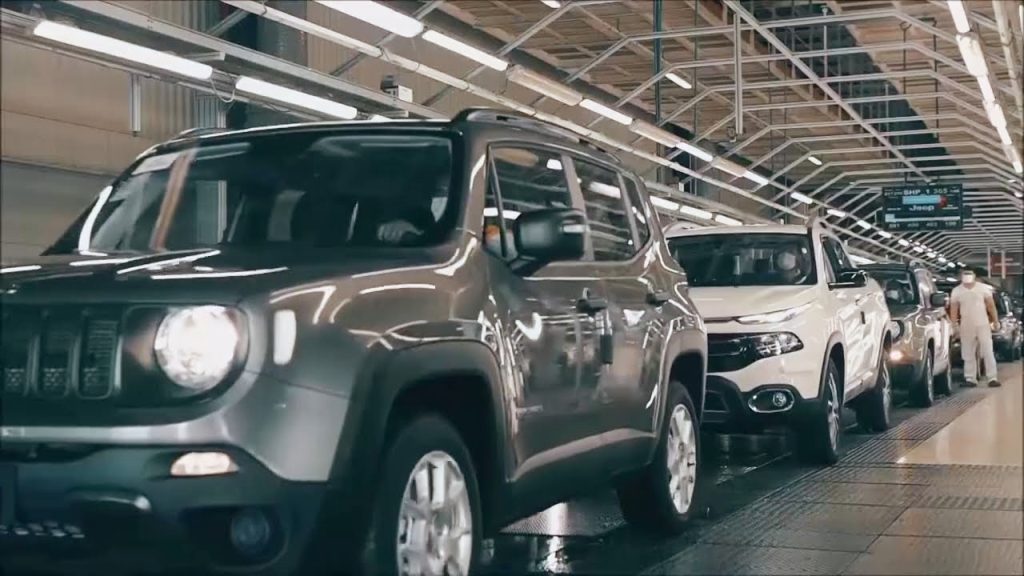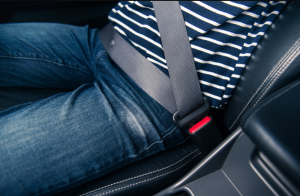Trump’s new 25% car tariff could spark a global chain reaction in the auto industry.
Others are reading now
Fully assembled cars imported to the U.S. will now be subject to a 25 percent tariff, according to a new announcement from Trump.
For some time, Trump has been rattling the tariff saber and talking about a possible 25 percent duty on imported cars. Now, it has become a reality.
On Wednesday, the U.S. president announced that he is increasing the tariff rate from the existing 2.5 percent to the 25 percent he has mentioned several times.
And this time, it’s not just selected countries or regions being targeted. The new tariff applies to all imports of fully assembled cars from around the world. Additionally, it affects selected car parts such as engines, gearboxes, and electrical components, according to a statement from the White House.
Also read
“For manufacturers that sell well in the U.S. without producing much domestically, this will have a noticeable impact. That includes brands like VW, which does produce some models in the U.S. but also builds a large portion of its vehicles for the American market in Mexico,” says Gitte Seeberg, CEO of AutoBranchen Danmark, and continues:
“Cars are the result of extremely complex supply chains that can’t just be changed overnight. That’s why it’s also difficult for Trump to impose tariffs in this area without affecting American manufacturers that have parts of their production in Canada and Mexico. But he has actually softened his stance a bit on that point.”
For vehicles produced under the special trade agreement between the U.S., Mexico, and Canada (USMCA), no tariff will be applied to parts of the vehicle produced in the U.S. As a result, there will be partial tariffs on cars that are often shipped back and forth across borders multiple times before final assembly.
However, this will only apply once a system is in place to manage it.
Car Manufacturers May Reprioritize
“The new and higher U.S. tariff barriers may lead some car manufacturers to invest more in U.S. production—Hyundai, for example, recently announced such plans. But it could also mean that some manufacturers find it more attractive to divert more cars to other markets, such as the EU. On top of that, you have the reactions from affected countries and regions. So, it will be very interesting to follow the chain reaction he has likely set in motion,” says Gitte Seeberg.
Nearly half of the cars sold in the U.S. today are imported. The new tariff rate will take effect on April 2, and Trump says he expects it to remain in place throughout the rest of his presidency.
Trump also revealed that he intends to use some of the tariff revenue to offer a tax deduction for car loans—but only for cars produced in the U.S.
This article is based on information from Via Ritzau.








